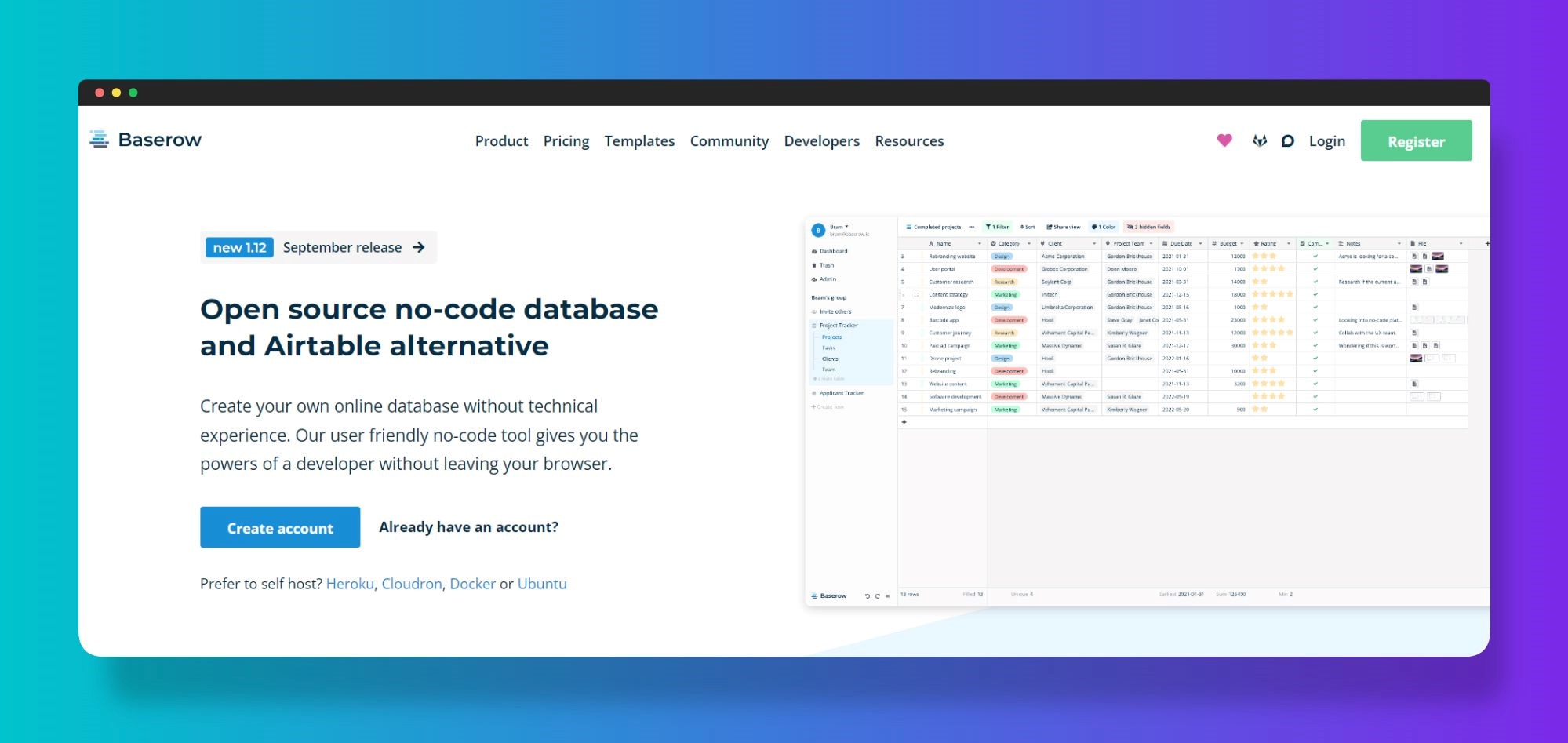Exploring the Advantages of Scalable Data Sources That Call For No Coding Skills for Effective Information Monitoring Solutions
The development of scalable data sources that eliminate the necessity for coding skills presents a transformative possibility for companies looking for effective information monitoring remedies. As we consider the effects of such improvements, it ends up being vital to examine just how they can reshape the landscape of information monitoring and drive lasting growth in an affordable environment.
Boosted Availability for Customers
Enhanced accessibility for users is an essential element of scalable databases, making certain that information management systems are instinctive and straightforward. In an age where data-driven decisions are extremely important, ease of access enables a wider range of users, including those without considerable technical know-how, to engage with data source systems efficiently. This democratization of information access assists in enhanced cooperation across departments, encouraging workers to make and remove insights informed decisions.
User-friendly interfaces, such as visual information and drag-and-drop features representation, simplify complex data interactions. These enhancements lower the understanding curve related to traditional data source monitoring, allowing users to concentrate on leveraging information rather than facing technological complexities. In addition, scalable databases commonly include real-time analytics and adjustable control panels, providing customers with prompt understandings customized to their details needs.

Cost-Effectiveness and Resource Savings
Effective data monitoring not just rests on ease of access but additionally on cost-effectiveness and source financial savings. Scalable databases created for users without coding abilities considerably reduce economic problems commonly linked with conventional database administration systems. By removing the requirement for specialized programming competence, organizations can assign their resources a lot more efficiently, concentrating funds on core company tasks instead of substantial training or employing competent personnel.
Additionally, these databases often use cloud-based solutions, which further lower costs associated with hardware and maintenance. Organizations can scale their data source solutions according to their requirements, staying clear of the costs sustained from over-provisioning resources. This flexibility indicates services can adapt to altering needs without sustaining unneeded costs, bring about substantial long-term cost savings.
In addition, straightforward user interfaces simplify data access and management processes, decreasing the moment invested on administrative jobs. This performance equates into labor expense financial savings, allowing groups to concentrate on calculated campaigns instead than routine maintenance. Overall, taking on scalable databases that require no coding abilities cultivates an extra cost-effective technique to information management, making it possible for companies to maximize their resources while maintaining high levels of functional performance.
Improved Cooperation Across Teams

In addition, scalable databases facilitate smooth interaction among employee. With easy to use interfaces that need no coding skills, employees can conveniently create, customize, and share reports or dashboards customized to their particular needs. This democratization of data encourages non-technical individuals to contribute understandings, improving the joint atmosphere.
Furthermore, these databases support simultaneous accessibility, permitting multiple customers to work with the same dataset at the same time. This function enhances efficiency, as teams can engage in joint data analysis without the danger of version control issues. The capacity to leave comments or notes straight within the database further promotes discussion and makes clear data interpretations.
Streamlined Data Management Processes
In today's data-driven environment, companies acknowledge the requirement of structured information monitoring processes to maximize efficiency and precision. By leveraging scalable databases that require no coding abilities, businesses can simplify their information handling and reduce the complexities generally connected with conventional data source systems. This accessibility equips non-technical customers to involve directly with data, promoting quicker decision-making and minimizing dependence on specialized IT employees.
Streamlined data management procedures enhance operations by automating routine tasks such as data entry, validation, and coverage. Automated data integration guarantees that information from various resources is accumulated perfectly, eliminating silos and promoting a linked sight of important business metrics (no-code). Easy to use user interfaces permit employees to manipulate data conveniently, enabling them to create understandings that drive strategic initiatives without the need for extensive training.
This efficiency not only increases operational procedures however likewise lessens the possibility for human mistake, guaranteeing that data remains accurate and reputable. Ultimately, structured data management processes with scalable data sources lead to improved productivity, allowing organizations to focus on core this contact form tasks while guaranteeing that their data monitoring techniques are reliable and efficient.
Scalability for Growing Companies

For increasing enterprises, the capacity to scale up or down is crucial. A scalable data source can take care of an influx of data generated from brand-new consumers, items, or services, ensuring that business operations remain undisturbed. These data sources provide the capacity to manage peak loads efficiently, which is essential during durations of fast growth or seasonal spikes.
Additionally, numerous scalable data source solutions are made with easy to use user interfaces that need no coding skills, encouraging non-technical personnel to take care of information successfully (no-code). This democratization of information monitoring allows organizations to allocate resources tactically and reduce dependency on specialized IT employees
Inevitably, taking on a scalable data source not just boosts operational effectiveness yet also fosters a setting where services can innovate and develop without the constraints of standard database systems. This flexibility positions companies for long-term success in useful reference today's affordable landscape.
Verdict
In conclusion, scalable data sources that call for no coding skills supply considerable advantages for reliable information management. By simplifying information management procedures and using scalability for growing services, such remedies enable organizations to adjust to altering demands properly.
Enhanced accessibility for customers is a crucial facet of scalable data sources, making sure that information administration systems are user-friendly and straightforward.Straightforward user interfaces, such as aesthetic information and drag-and-drop functions representation, streamline complicated data interactions. Generally, adopting scalable data sources that require no coding skills promotes a more affordable strategy to data monitoring, allowing organizations to maximize their sources while maintaining high levels of functional effectiveness.
By leveraging scalable databases that require no coding skills, companies can simplify their information handling and decrease the complexities typically associated with traditional data source systems - no-code.Structured data monitoring procedures enhance workflow by automating routine jobs such as data access, validation, and coverage